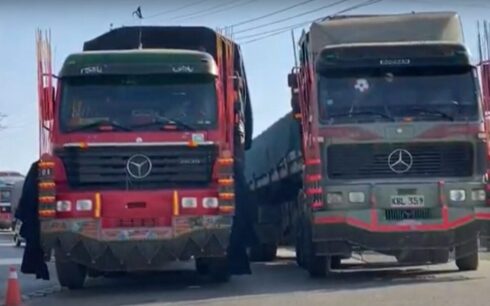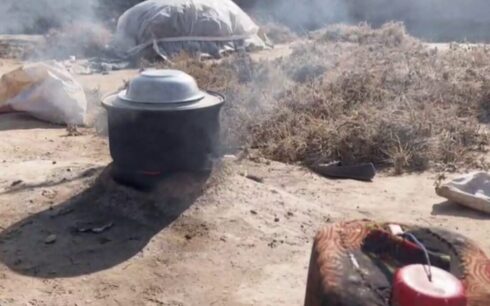KABUL, Afghanistan — The value of Afghanistan’s currency, the afghani, has undergone sharp and unpredictable fluctuations in recent weeks, exacerbating economic hardships for millions already struggling with rising prices and diminishing purchasing power.
The afghani’s instability, attributed to the suspension of U.S. aid and the Taliban’s efforts to regulate the currency, has caused concern among economists and citizens alike. While the exchange rate stood at 84 afghanis per U.S. dollar last week, it has since strengthened to 75 afghanis per dollar. Despite this shift, prices of essential goods remain high, deepening the financial strain on many Afghans.
“The increase in the dollar rate—since the dollar also influences Afghanistan’s economy—has driven up market prices,” said Sayed Masood, an economic analyst. “This volatility has serious consequences for people’s daily lives.”
For many, the rising cost of food and basic necessities is proving especially difficult during the harsh winter months. Zarmena, a resident of Farah, described the growing burden on families. “Winter has arrived, and at the same time, food prices have surged. We can’t afford anything anymore. A sack of rice that used to cost 1,900 afghanis now sells for 2,300,” she said.
Even as the afghani has regained some value against the dollar, the cost of goods remains stubbornly high, leading to frustrations among consumers. “The dollar rate has fallen compared to last week, but prices haven’t come down,” said Naser, another resident of Farah. “It’s a great injustice to a society where 90 percent of people live below the poverty line. The government must regulate both the currency and the market.”
Afghanistan’s economy has been in turmoil since the Taliban’s return to power in 2021, with international sanctions and the freezing of foreign assets cutting off critical financial lifelines. The United Nations estimates that nearly 23 million Afghans will require humanitarian assistance in 2025, a crisis likely to be exacerbated by continued economic instability.
As economic pressures mount, many Afghans fear that the absence of international aid and the unpredictability of the afghani will push more people into poverty, leaving them increasingly vulnerable in an already fragile nation.





